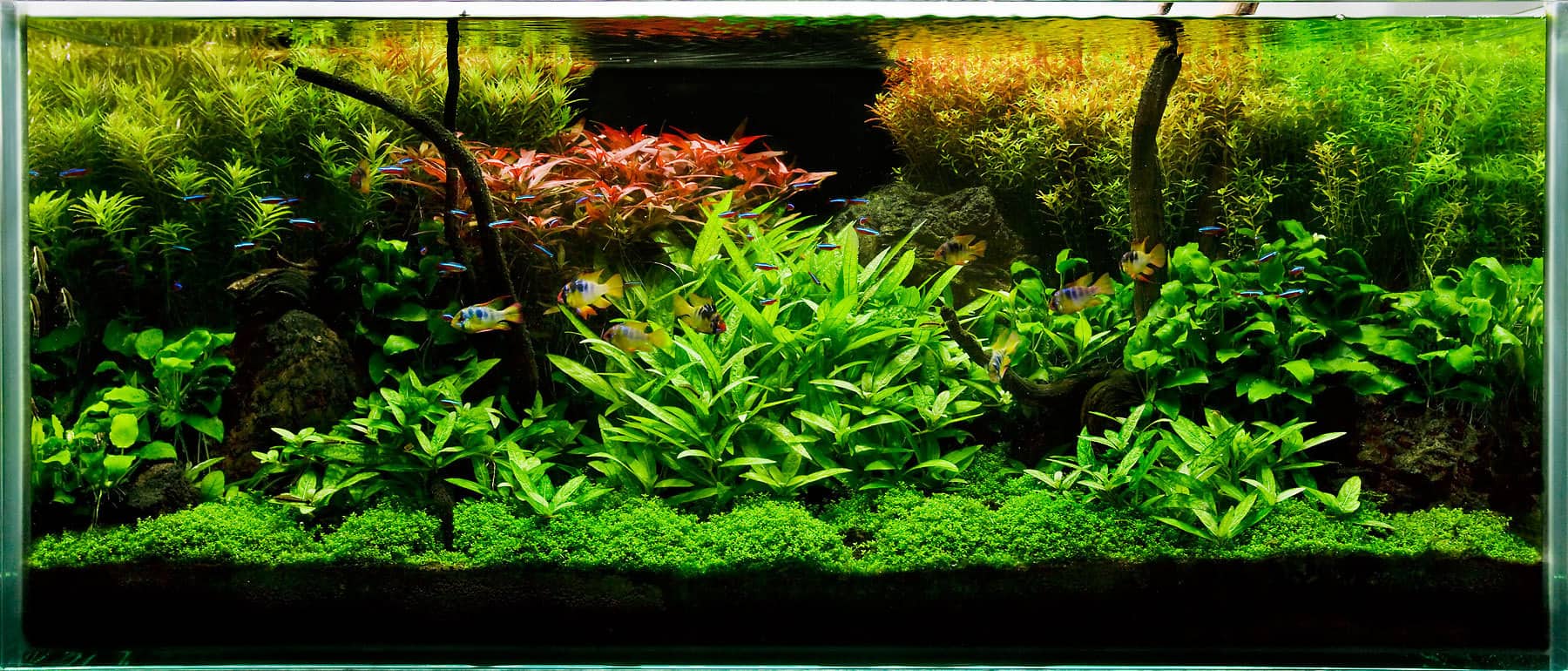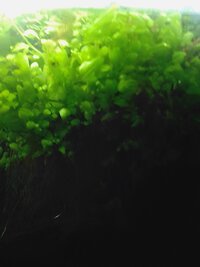Obviously if we're going to be strict and technical about the term 'heavily planted' we have to get into the realms of plant mass (weight) per litre of water.
For a more simple, practical and laymans definition though, I think volume of plants is sufficient (ignoring both the relative growth speed of plants, and leaf/stem density etc). To my mind, perhaps any tank where around about 40-50% or more of the approximate open water volume is taken up with plants (again, ignoring leaf/stem density and hence gaps between leaves - we're talking a very rough eyeball measure here), would be heavily planted.
Coming back to your options
@FrankR:
1. As
@Ria95 says, the diversity of plants isn't particularly relevant - coverage of the substrate also isn't really relevant either; a Dutch tank for example probably has few plants/leaves directly on the substrate, but the quantity of stem plants will usually ensure you can't see much substrate, and most Dutch style tanks would qualify as heavily planted.
2. See 1 above.
3. Again, not really relevant when considering total plant mass - for example hence most traditional iwagumi's would not fall under the definition of heavily planted to me.
The best way is probably with random examples (these are randomly taken from Google image search):
Heavily Planted:
Not heavily planted:
Heavily planted:
Not heavily planted:
Of course there are going to be plenty of 'hair-splitting' examples that are borderline where some folks will consider it heavily planted, and some wont - we have to remember we talking about trying to define a largely subjective term.







